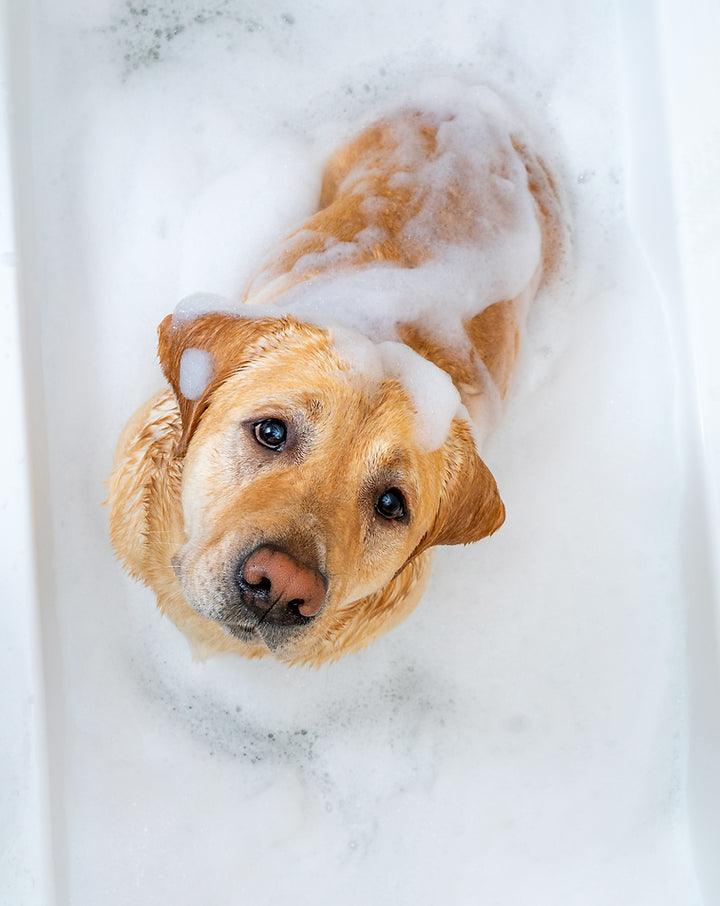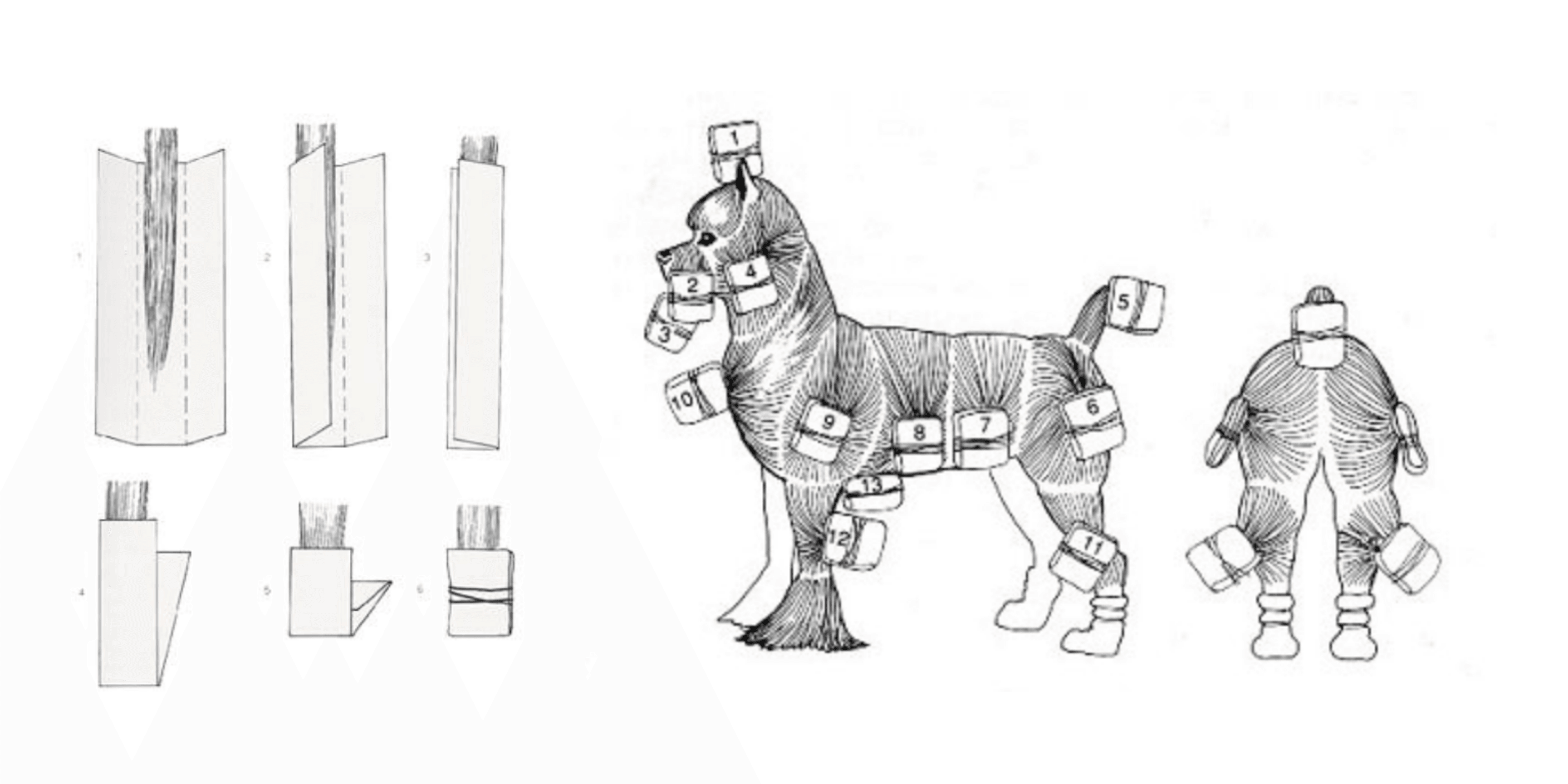
SO UNREGULATED: an overview of the regulations governing the animal cosmetics market
Share
-
Approximately 1 in 4 dogs will, at some stage in their life, develop a tumor. Almost half of the dogs over the age of 10 will develop cancer. [1]
 lthough it seems normal in our current
lthough it seems normal in our currentIn summary, the act defined a wide array of regulations relating to the R&D, testing,production, labeling, and marketing of cosmetic products:
-
Animal testing was banned.
-
A list of allowed and banned substances was created;
-
As many preservatives were banned, the production facilities now had to follow strict sanitary guidelines;
-
To ensure their purity, and to eliminate the environmental issues associated, the chemicals used were now required to be produced following the GMP (Good Manufacturing Practices);
-
All labels on cosmetic products now had to list every single ingredient they contained.
After the market adjusted to the regulations, there was a large drop in health issues related to toxic cosmetics. Great!
Let’s look at how the word “cosmetics” is defined in the act.
“The Regulation specifies six functions in relation to external parts of the HUMAN BODY for products that may be cosmetic products, namely:
-
to clean;
-
to perfume;
-
to change the appearance;
-
to protect;
-
to keep in good condition;
-
to correct body odors.”
"The Cosmetics Products Enforcement Regulation only applies to the products meant to be used on the human body. Animal cosmetics are, by definition, meant to be used on animals. The regulations don’t apply to animal cosmetics. What?!"
And that’s pretty much it.
-
To use batches of chemicals deemed too impure to be used in human cosmetics;
-
To not list any of the ingredients used on the label or only the unharmful ones;
-
As the conditions producing or mixing the chemicals are unsanitary, pump the final mixture full of toxic preservatives - such as formaldehyde.

We especially want to emphasise the use of formaldehyde. In our experience, we can confidently say you it's present in at least half of the dog cosmetics brands on the market. Definitely in the more generic and popular ones. If you see DMDM Hydantoin on the label, run.
As us humans don’t have a coat, our skin is much thicker and resistant to outside stressors. The main purpose of a dog’s coat is to keep them warm and to protect the skin from all kinds of environmental stressors they might encounter, such as bacteria and chemicals. Well, we’ve decided to start soaking our dogs in bacteria and chemicals. Weekly.
What do you think are the long-term consequences for the dogs? If you’re thinking cancer, dermatitis, arthritis, allergies, or even dementia, you’re completely right. How do you think these chemicals affect the health of groomers, who spend 8 to 10 hours a day washing pets?
So what’s the solution? How do we make sure we're not slowly poisoning our pets with god-knows-what? How do groomers make sure they're not poisoning themselves?
Well, we created our own brand, SO POSH. That way we know exactly what we wash our loved ones with. But for you? I guess you’ve got to find a brand you can trust. If that's not enough for you, the best you can do is to educate yourself.
Educate yourself on the regulations, the chemistry, the cosmetic industry's practices and the physiology of dogs. As we've yet to find a single source for all this information, all that is either going to take a couple of semesters in university, or hundreds of hours of organized research.
Or, you can subscribe to this blog.
Stay posh!
www.soposh.eu














